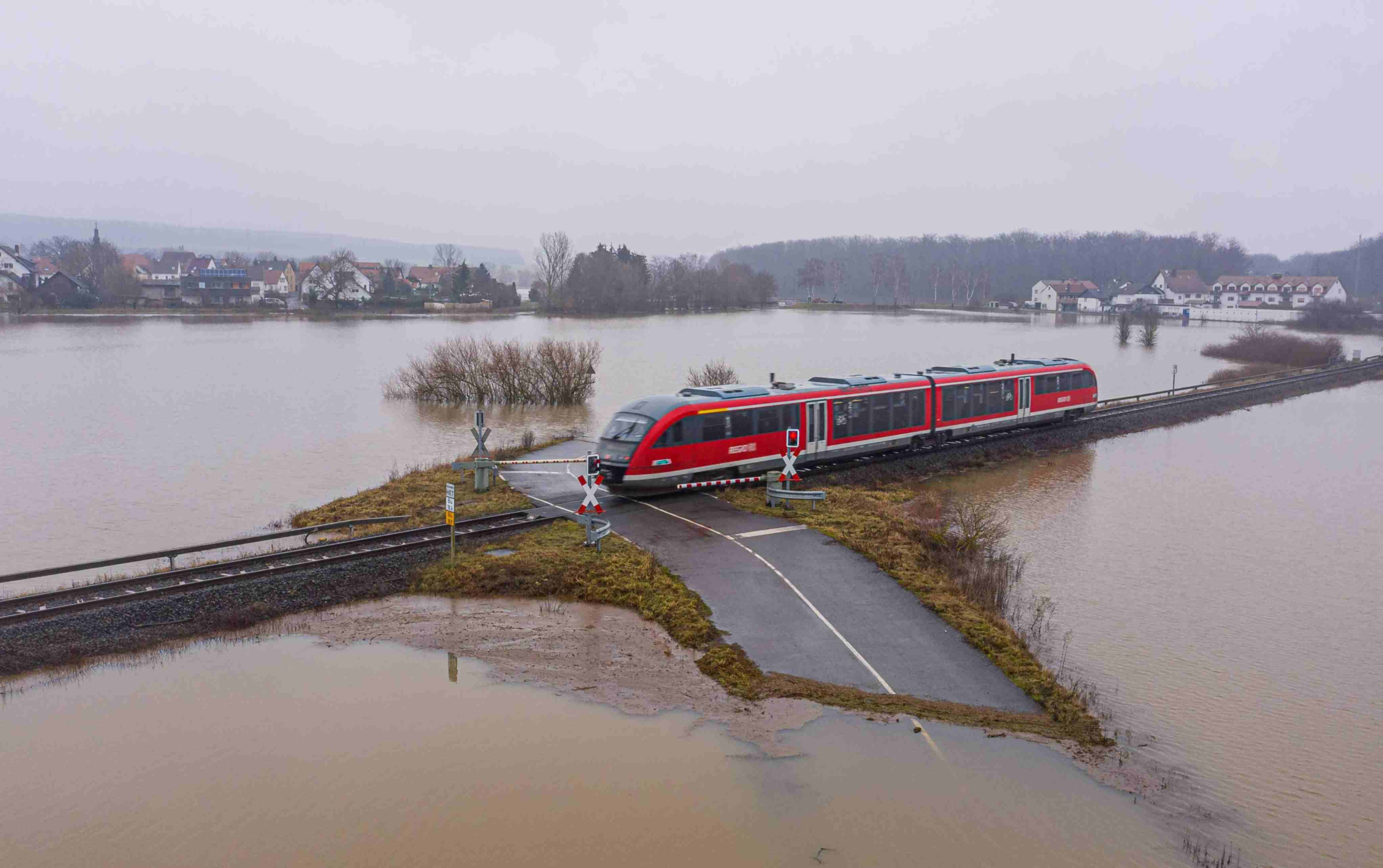
Capturing the Resilience Dividend: Quad Achievements under the Climate Adaptation Pillar
Session Objective
This session will deliberate and advocate for the need to measure and promote the resilience dividend among all stakeholders including the government, investors, private sector, civil society organisations, and communities. The session will focus on showcasing flagship initiatives undertaken by the Quad Climate Working Group and discuss and address policy challenges, social dimensions and governance considerations towards realising the resilience dividend.
Session Overview
The existential threat from climate change and its compounding impacts have risen exponentially.Cascading effects of climate change and the accentuated disaster risk scenario have resulted in significant threats to infrastructure. Infrastructure resilience can foster a sustainable development trajectory defined by quality and reliable essential services, reduced loss and damage, and a social and economic development paradigm. However, the annual investment required to address the infrastructure deficit, achieve the SDGs, realize net-zero, and strengthen resilience, amount to the tune of USD 9.2 trillion1 will require trade-offs. In order to address the wide climate-resilient infrastructure investment gap, it is imperative to change the perception of resilience as a cost and demonstrate that risk-adjusted returns of resilient infrastructure investments are attractive to investors. Iinvesting in disaster-resilient infrastructure pays off. World Bank research (2019) identifies an US$4 net benefit for each US$1 invested in more resilient infrastructure in low- and middle-income
countries
Annotation
The session through the QCWG initiatives will deliberate and advocate for the need to measure and promote the resilience dividend among all stakeholders including the government, investors, private sector, CSOs, and communities. It will discuss the conceptualisation and relevance of the resilience dividend at multiple levels.
Discussion points
The discussion will include:
- Showcasing flagship initiatives undertaken by the Quad Climate Working Group and discuss and address policy challenges, social dimensions and governance considerations towards
realising the resilience dividend. - Pathways to create a conducive policy ecosystem enabled by improved infrastructure governance including engaging relevant CSOs, private sectors and communities during the
design process. - The new and existing risk and resilience metrics for investors to understand and measure
climate and disaster risks for decision making. - The integration of national resilience strategies and plans to create robust project pipelines that protect human lives and support the national economy.
Guiding Question
- What challenges has Quad encountered in implementing climate change adaptation initiatives in the Indo-Pacific region? What are the learnings?
- Are there specific instances where local input has shaped the success of initiatives?
- How do Quad's initiatives on climate actions in the Indo-Pacific align with and contribute to broader sustainable development goals?
